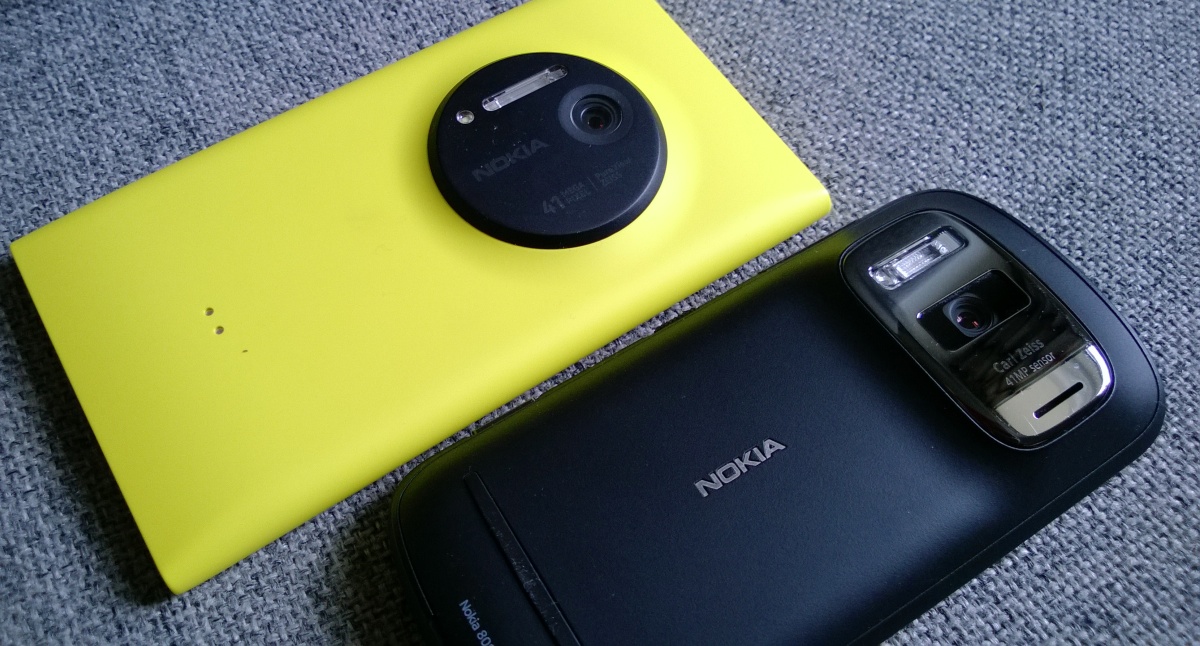The P20 Pro was covered across the web, but from Gavin's Gadgets:
- The rear cameras feature a co-engineered Leica Triple Camera New AI-assisted camera system. The 3 lenses are as follows. A 40mp RGB sensor. a 20mp monochrome sensor and a 8mp zoom sensor. The P20 Pro can do 3 x optical zoom and up to 5 x lossless zoom.
- The front camera is 24mp.
- A huge 4,000mAh battery.
- 6gb ram & 128gb storage
- 6.1 inch full vision OLED display.
- Bluetooth codecs APTX, APTX HD , LDAC , HWA
DxOMark's tests aren't 100% real world, but they're a benchmark at least. I won't dignify them by quoting them, but their site does give some tech details on the main sensor:
However, Huawei hasn’t simply slapped a third sensor and lens onto its current dual-camera system. The new model stands out among its peers in several ways:
- At 1/1.78″, the main camera’s sensor is unusually large—approximately twice the size of the Samsung Galaxy S9’s 1/2.55″ chip. Despite a slightly slower f/1.8-aperture lens, the RGB main camera sensor of the P20 Pro captures approximately 20 percent more light than the smaller sensors used in most competing models. This sensor is also helped by the B&W sensor which also catches a lot of photons.
- The main camera sensor uses a Quad Bayer structure with a total pixel count of 40Mp. It outputs data binned in 2 × 2 pixel units, resulting in 10Mp image output.
- With an equivalent focal length of 80mm, the P20 Pro’s optically-stabilized tele-camera offers a significantly longer reach than the 2x tele-modules in the latest iPhone or Samsung Galaxy devices. This is possible because the main camera in combination with the 20Mp monochrome secondary sensor is already capable of delivering decent zoom detail at a 2x zoom factor. As a consequence, the engineers have been able to focus on squeezing a longer reach out of the P20 Pro’s tele-lens. The Tele also outputs 10Mp image.
Notably, the Lumia 1020 and Nokia 808 didn't just 'pixel bin' - they used a sophisticated oversampling algorithm. But it's also possible that this does too and that DxOMark are simplifying the P20 Pro's imaging workflow.
In terms of stats and areas, the 1/1.78" (optical format) sensor seems huge by modern standards, but it's still small compared to the Lumia 1020's 1/1.5" and tiny compared to the Nokia 808's 1/1.2" sensors. Though, of course, sensor technology has come a long way since then - it's not all about physics, for once.
In terms of zooming, back in my initial story, I said:
The cornerstone of the PureView camera in the Nokia 808 (and, later, 1020) was a way to zoom in without needing a physical mechanism. Hence the idea of smart cropping into a massive 41MP pixel array. And, after a gap of five years or so (and two operating systems later, arguably), we finally have another smartphone which looks to use a similar system...
Back in the day (2012), the Nokia 808 PureView had to manage with a custom ISP that did all the hard work of oversampling and real time zooming, with great performance, while the Lumia 1020 added OIS to proceedings but lost out in terms of speed, using the main Snapdragon S4 chipset to do the computations needed. The computing power (processor/GPU) in 2018 would have been unimaginable five years ago, but we've now reached the stage where three cameras can be used at the same time, one of which is a 40MP sensor, as per the quote below, and with the immense computing power handling the merging and interpolating needed.
As a result, the (up to) 3x zoom possible on the 808 and 1020 (depending on settings and set-up) may now be upped to 5x, thanks to fancy computational means. And all without needing a physically huge/deep camera unit. If Huawei pulls this off then the pixel size will be even smaller than that on the Lumia 1020, but sensors have improved so much and there's so much power available these days for image noise reduction, that it really shouldn't matter.
Three cameras, OIS, massive processing power, laser autofocus, the Nokia pair now look somewhat 'simple' by comparison! They still compete, mind you, even in 2018, and I'm looking forward to pitching the Lumia 1020 in particular against the new triple camera Huawei to see if the modern zoom implementation can match 'old faithful'!
My gut feel is that it can, thanks to the chipsets used, though it's a testament to the 808 and 1020 that it's taken over half a decade for the two devices to be overtaken in the PureView department.


